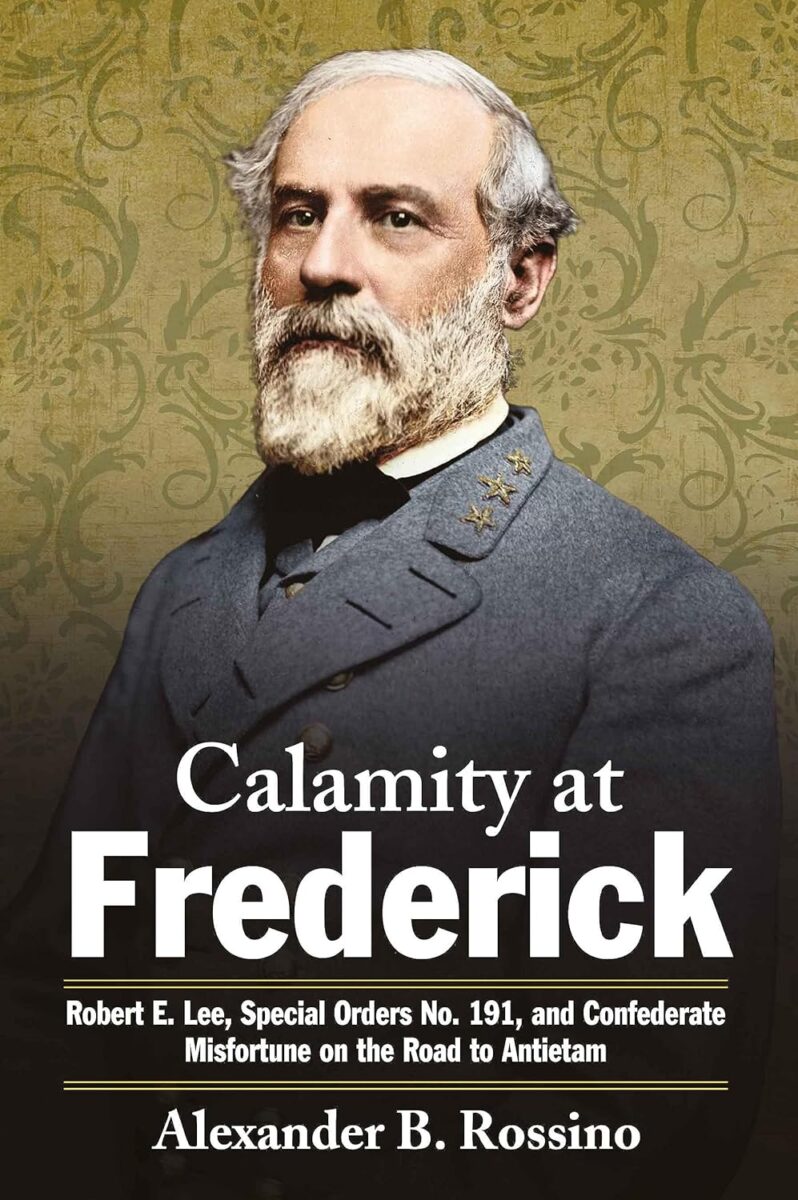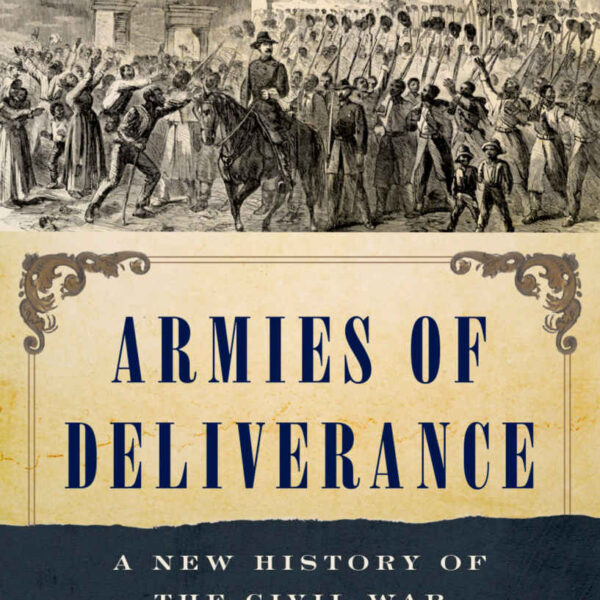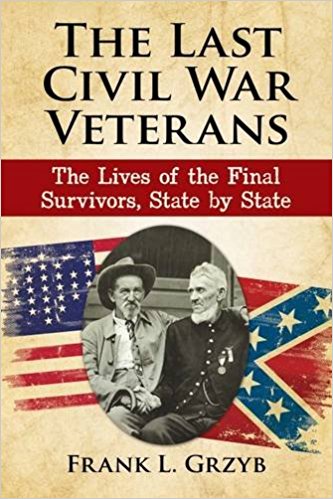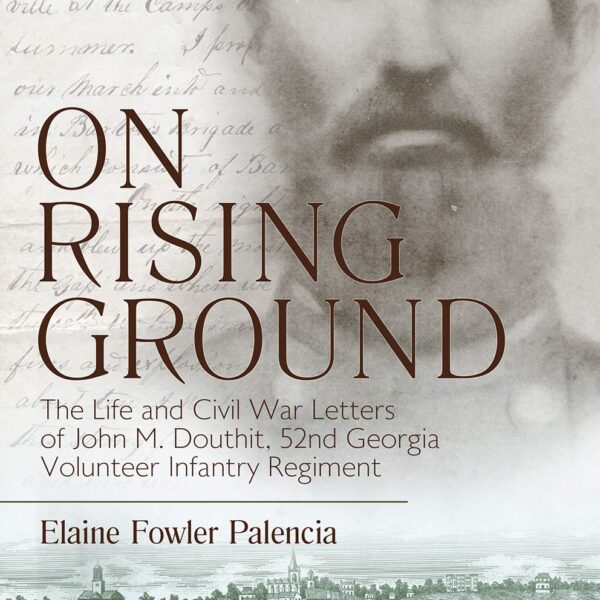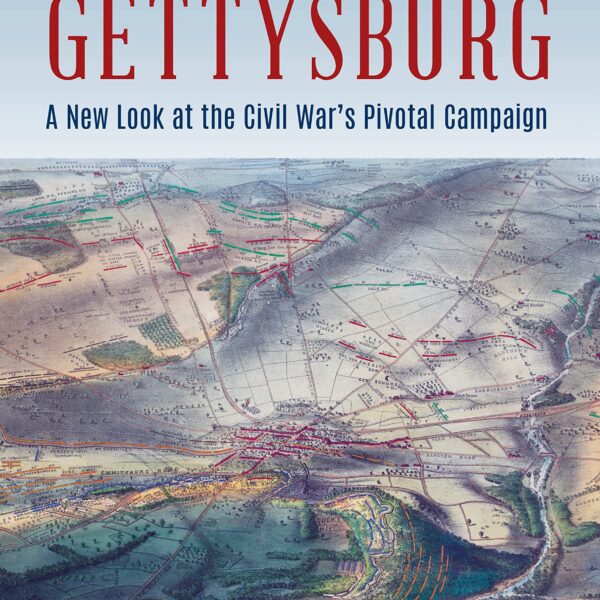Few episodes during the Civil War better illustrate the raw power of contingency than the Hoosier corporal Barton W. Mitchell’s discovery of an errant copy of Robert E. Lee’s Special Orders No. 191 outside of Frederick, Maryland, on September 13, 1862. The discovery of the “Lost Order” has become standard fare in most popular Civil War narratives. Even so, the sequence of events that resulted in the war’s most storied intelligence coup remains hazy, even in the best histories of the 1862 Maryland campaign.
Historian Alexander B. Rossino (Their Maryland: The Army of Northern Virginia From the Potomac Crossing to Sharpsburg in September 1862) is determined to change that. In this slender volume, the much-awaited Confederate sequel to his and Gene Thorp’s The Tale Untwisted: General George B. McClellan, the Maryland Campaign, and the Discovery of Lee’s Lost Orders, Rossino demonstrates how good, old fashioned historical sleuthing can propose answers to questions long thought inscrutable—and reveal information long hidden in plain sight.
Rossino begins with a narrative that rethinks Robert E. Lee’s aims in splashing across the Potomac in September 1862. According to Rossino, Lee was acting out Richmond’s political strategy to foment an insurrection amongst rebel sympathizers in Maryland. When that uprising did not take place, Lee reasoned that only a major military victory on Maryland’s soil could bring about Richmond’s desired result. Before engaging in battle, Lee hoped to draw the federal army as far away from its supply base as possible. He would lure the federals west of South Mountain’s rugged spine and there fight defensively, “on ground of his own choosing” (107). So it was that he took a calculated risk in Special Orders No. 191.
Who lost the Lost Order? The key to unlocking this puzzle, Rossino argues, is pinpointing where Corporal Mitchell discovered them. The author’s careful review of the evidence suggests that the “best possibility” is an intersection just southeast of Frederick (first identified twenty years ago by the historian Timothy J. Reese). Significantly, this location is very far from the place where division commander Daniel Harvey Hill—to whom the Lost Order was addressed—made his headquarters.
Historians have long supposed that Hill—or else one of his couriers or staffers—misplaced the orders. The revelation of the discovery site southeast of Frederick suggests that historians have implicated the wrong suspects all along. Setting aside Hill and his staff, Rossino proceeds to lay out a reasoned, “a source-based interpretation that suggests the likeliest culprit” (80). The author contends that “someone visiting Lee’s encampment or Jackson’s headquarters procured the copy (or a copy of the copy) intended for Hill and lost it afterward” (84). And that someone, Rossino proposes, was Major General J.E.B. Stuart.
Although Lee’s cavalry chieftain has never fared especially well in histories of the 1862 Maryland invasion, he may have elided blame for the campaign’s costliest Confederate blunder. Skillfully triangulating disparate pieces of evidence, Rossino constructs a compelling circumstantial case that Stuart lost the Lost Order. Contemporary evidence places Stuart’s headquarters immediately adjacent to the proposed location where Mitchell discovered the orders. Stuart’s official report of the Maryland Campaign implies that he had a copy, though “no record” exists that one was sent to him—inviting the possibility that a copy was made out for him at Lee’s headquarters that subsequently became lost (87). Further, there is the matter of Stuart’s mysterious message to Lee on the evening of September 13. In it, Stuart claimed that a civilian informant had plied him with the news that George McClellan had discovered the errant orders. Yet Stuart did not include this information in his official report—and none of his staff officers remarked on the episode, either. “Stuart,” Rossino supposes, “may have contrived the tale to alert Lee to the threat generated by the loss of the orders without admitting his responsibility” (98).
Persuasive though it is, Rossino is careful not overstate his case. “This does not make Jeb Stuart the man who lost the orders,” he concludes, “but it does make him the most promising suspect, particularly if one applies the same standard of proof to Stuart’s culpability that has been applied to D.H. Hill’s over the years” (101).
Rossino concludes his main text with a powerful essay on the significance of the Lost Orders. His analysis offers yet another brief for McClellan revisionists, clarifying that the Army of the Potomac commander’s swift advance into Maryland “knocked Lee off balance” (108). Then, informed by intelligence gleaned from the Lost Orders, McClellan obliged Lee to defend the South Mountain gaps. On Sunday, September 14, Lee ceded his forward momentum in a bloody engagement that further reduced an army already plagued by straggling. “The loss of Special Orders No. 191,” Rossino writes, “set the stage for a reversal of Confederate fortunes in Maryland” (117).
Two appendices offer still more compelling insights. Presenting the results of a careful analysis of handwriting samples, the first appendix determines that R. H. Chilton did not write the lost copy of Lee’s special orders. More than likely, it was Lee’s military secretary Armistead Long who wrote out the copy that went astray. The second appendix compares the Lost Order to the draft copy of Special Orders No. 190, the antecedent to Special Orders No. 191. “The errors and sloppiness of the writing” in the Lost Order, Rossino concludes, “suggest that Long wrote out the document quickly…as if he had been asked to write them by Lee or Jeb Stuart in the midst of his other duties” (138).
Calamity at Frederick is altogether persuasive and merits the close attention of the campaign’s most serious students. Setting aside assumptions and preconceptions, the author admirably follows his evidence where it leads. Piece by piece, Alexander B. Rossino is assembling a bold new picture of the Maryland Campaign—and one suspects he is not finished yet.
Brian Matthew Jordan is Associate Professor and Chair of History at Sam Houston State University. He is the author or editor of many books on the Civil War era, including most recently Final Resting Places: Reflections on the Meaning of Civil War Graves (with Jonathan W. White).
